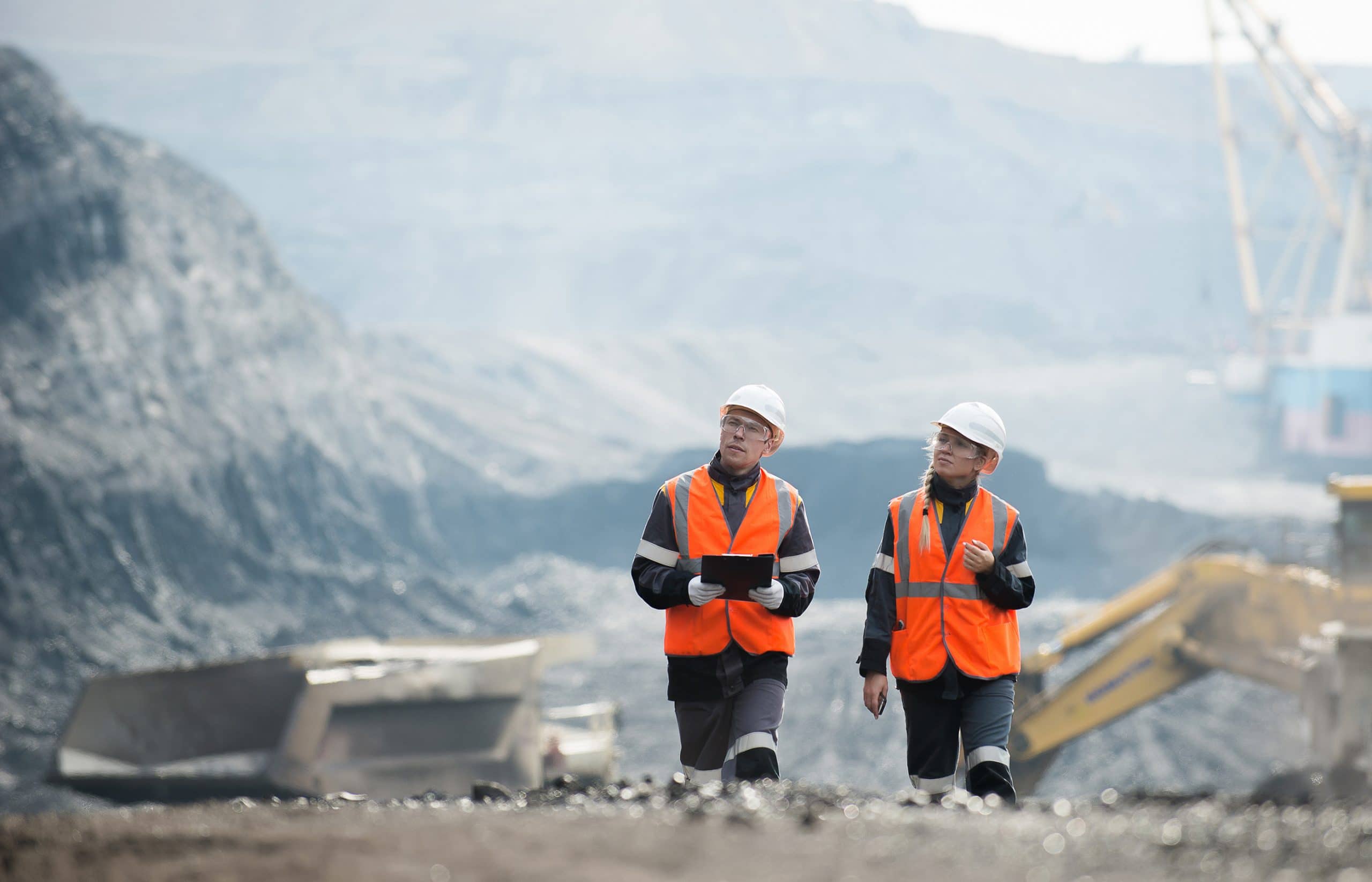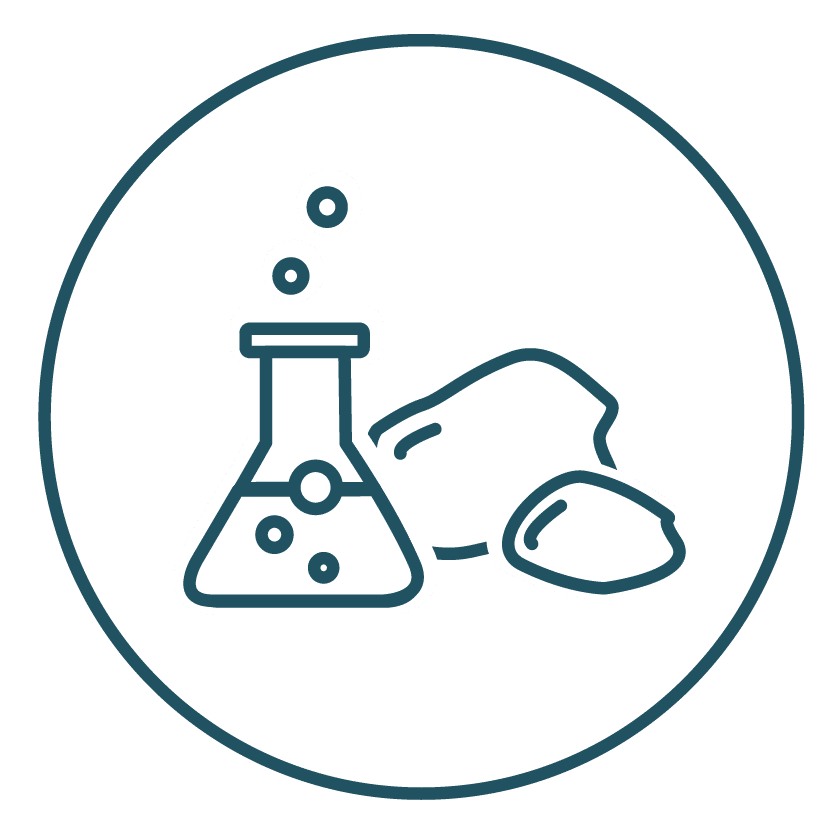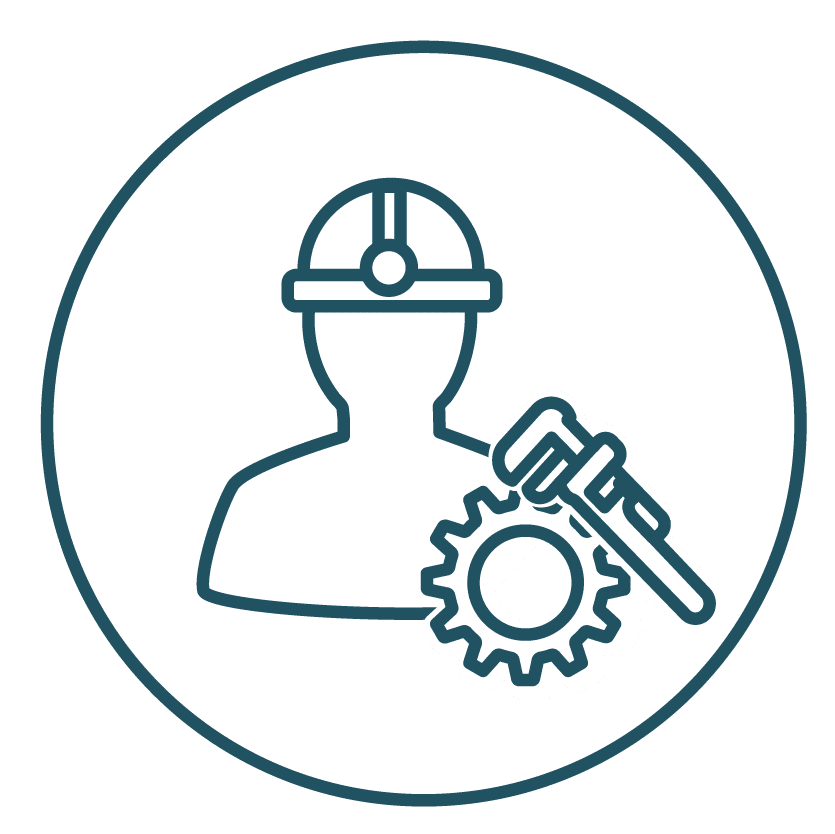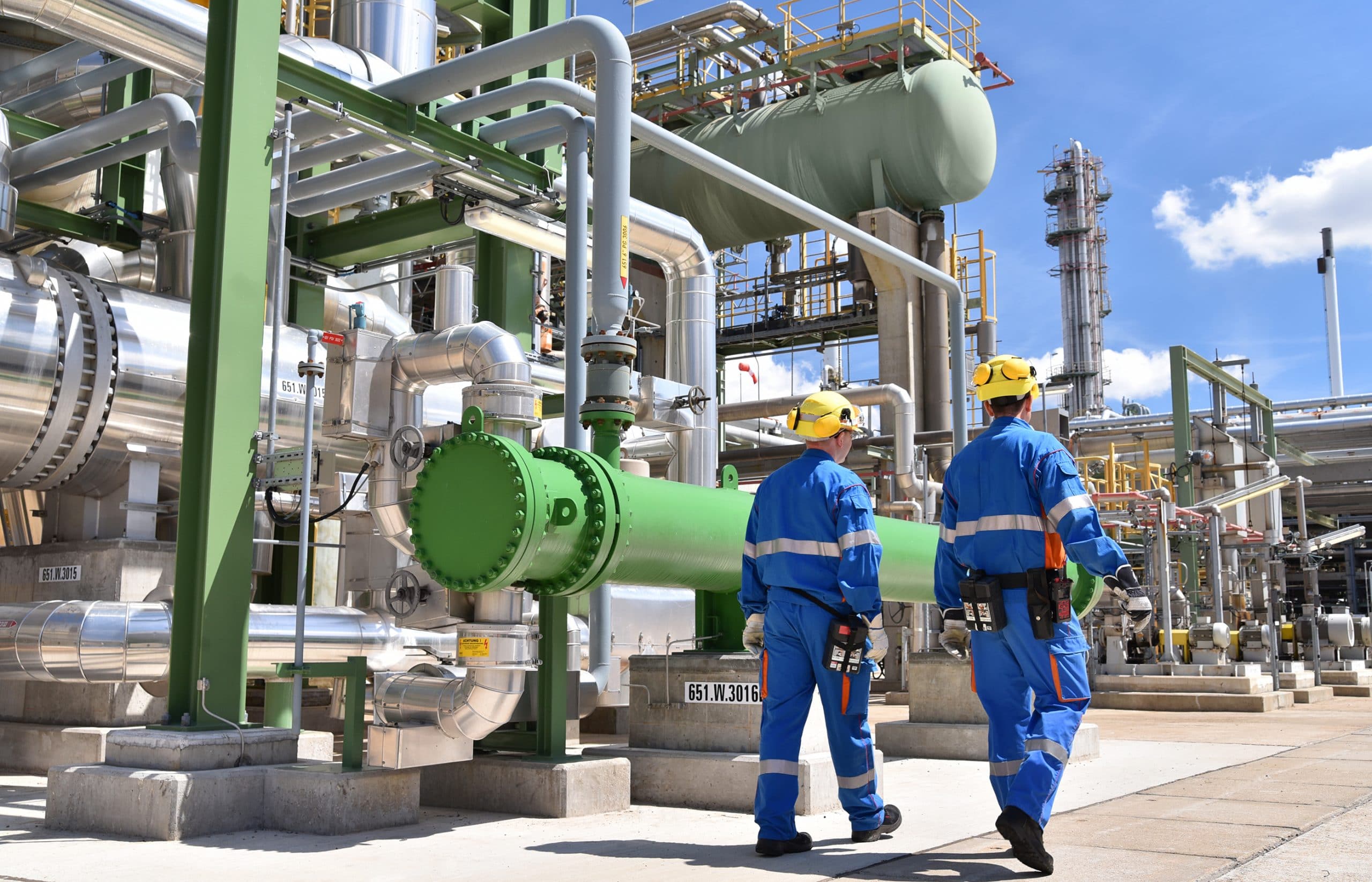Mining and Milling Trades at Risk of Asbestos Exposure
The asbestos mining industry has several related trades where their employees could've been at risk for asbestos exposure. Discover which trades and how exposure could’ve occurred.

Asbestos in the Mining and Milling Industry
Also a mineral, asbestos exists naturally in the environment and is commonly found in underground rock and soil deposits while mining. Because of its fire-retardant and insulating traits, asbestos was used extensively in many construction materials and projects. This resulted in many industry employees being exposed to the mineral over an extended period.
Since the mining and milling industry base their business on the extraction and breaking down of natural materials, minerals, and more, employees that work in these trades are at high risk for dangerous levels of exposure. Only recently was the mineral discovered to be harmful to human health, leaving a wide gap for occupational exposure to occur.
Diseases Related to Asbestos
It wasn’t until the late 1970s that researchers discovered asbestos to be harmful to human health. Still, it had already been used in many capacities since the early 1900s. This is because asbestos-related diseases usually have a long latency period, or time it takes for the illness to develop, so it took longer for people to make the connection.
Since asbestos is a fibrous material, it’s mostly toxic when the fibers are being disturbed during construction, demolition, and renovation projects. When the mineral’s fibers are expelled into the air during these projects, workers are more likely to inhale them. Prolonged exposure can potentially cause respiratory diseases like lung cancer and mesothelioma.
A Vermiculite Mine in Libby, Montana
In the late 1800s, gold miners discovered a mineral called vermiculite in a Libby, Montana, mine. Like asbestos, vermiculite also had exceptional insulation properties. Additionally, vermiculite was valued as a soil conditioner. The Libby mine produced and distributed approximately 80 percent of the world’s vermiculite supply at one point.
After supplying the world with tons of the mineral for over 70 years, researchers discovered the vermiculite to be heavily contaminated with asbestos. Investigation and cleanup of the site were completed in 2018, with the exception of some outdoor forested spots.
Mining and Milling Industry Trades at Risk of Exposure
Those who work in mining and milling trades are at high risk for exposure to the mineral. These workers tend to be the first encounter with underground rock and soil that can contain asbestos. Even today, adverse effects from exposure remain a primary concern to mining communities and residents nearby. Even family members of workers are at risk for secondary exposure, as the fibers can be passed along through contact with hair, skin, or clothes.
Trades in the mining and milling industry at risk include:

Chemical Metallurgist
This trade involves the design, control, and oversight of separating certain chemicals from ore. This also consists of the testing of output quality and safety according to regulation standards.

Environmental Engineers and Technicians
Technicians in this trade oversee, assess, and analyze the impact mining activities have on the environment. If there are issues present, they will develop a plan to resolve it.

Geochemist
A geochemist will carefully observe and analyze the elements in rocks, minerals, soils, water, the atmosphere, and fossil fuels like oil, gas, and coal.

Geological Technician
This trade involves assisting exploration geologists and engineers with retrieving and observing rock and sediment samples and recording critical relevant data. Geological technicians also monitor mining work as it occurs daily.

Mining Specialist
These workers use refined machines and tools to drill, blast, and move rock containing ore to be extracted. These specialists work closely alongside other miners and workers to transfer metal from the mine and transport it to milling facilities for breakdown.

Mining Engineer
Mining engineers develop an efficient design for mines and plan all mining activities. The mining engineer needs extensive knowledge of soil and rock mechanics, transportations systems, and machinery to streamline efficient mine operations.

Mineral Processing Engineer and Technician
This trade specializes in using multiple technologies and processes to efficiently separate toxic substances from ore that mining crews extract. Mineral processing engineers and technicians also prepare the ore for shipping.
Laws to Help Sick Employees
Since asbestos was classified as a carcinogen (i.e., cancer-causing substance), several laws and regulations were put in place to help protect employees from negligent exposure. These regulations hold the managers, building owners, and contractors responsible for adequately removing the mineral from all contaminated structures before letting others enter the building and work or reside there. These laws also regulate the handling and production of the mineral, requiring responsible parties to notify authorities before any construction, demolition, or renovation of an asbestos structure occurs. Specifics on some regulations differ by state.
If you’ve been exposed to the mineral while on the job and develop an asbestos-related condition like lung cancer or other illness, the company responsible may be legally required to provide you with financial compensation for treatment.
Talk to an experienced attorney about your potential case.

